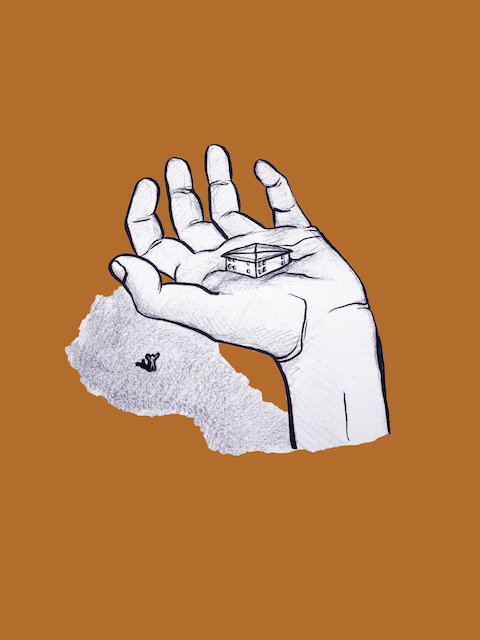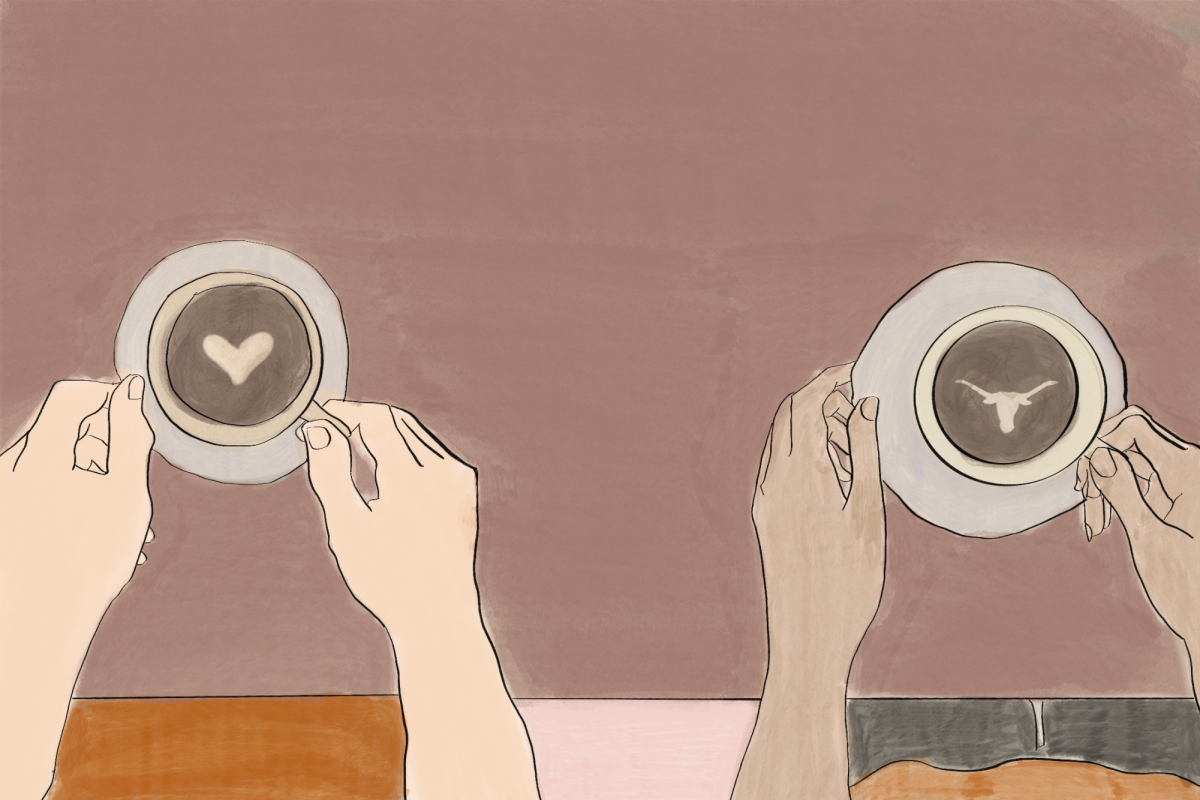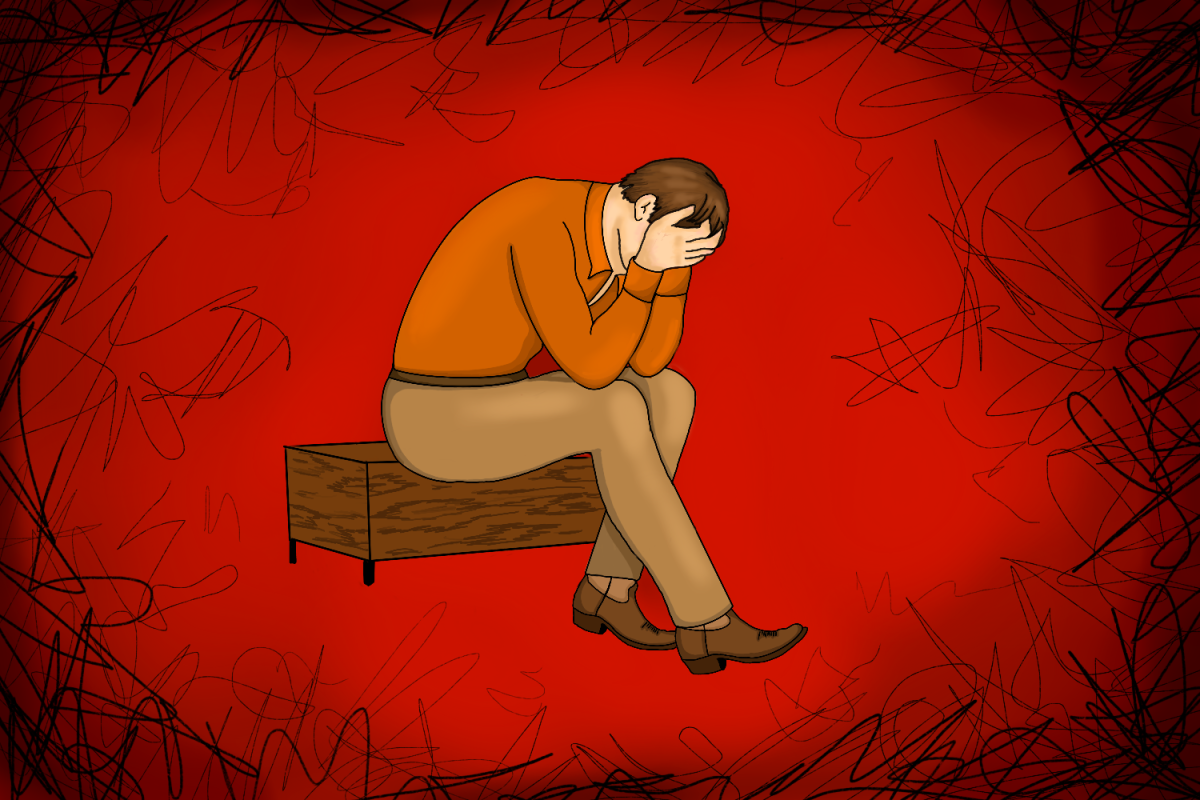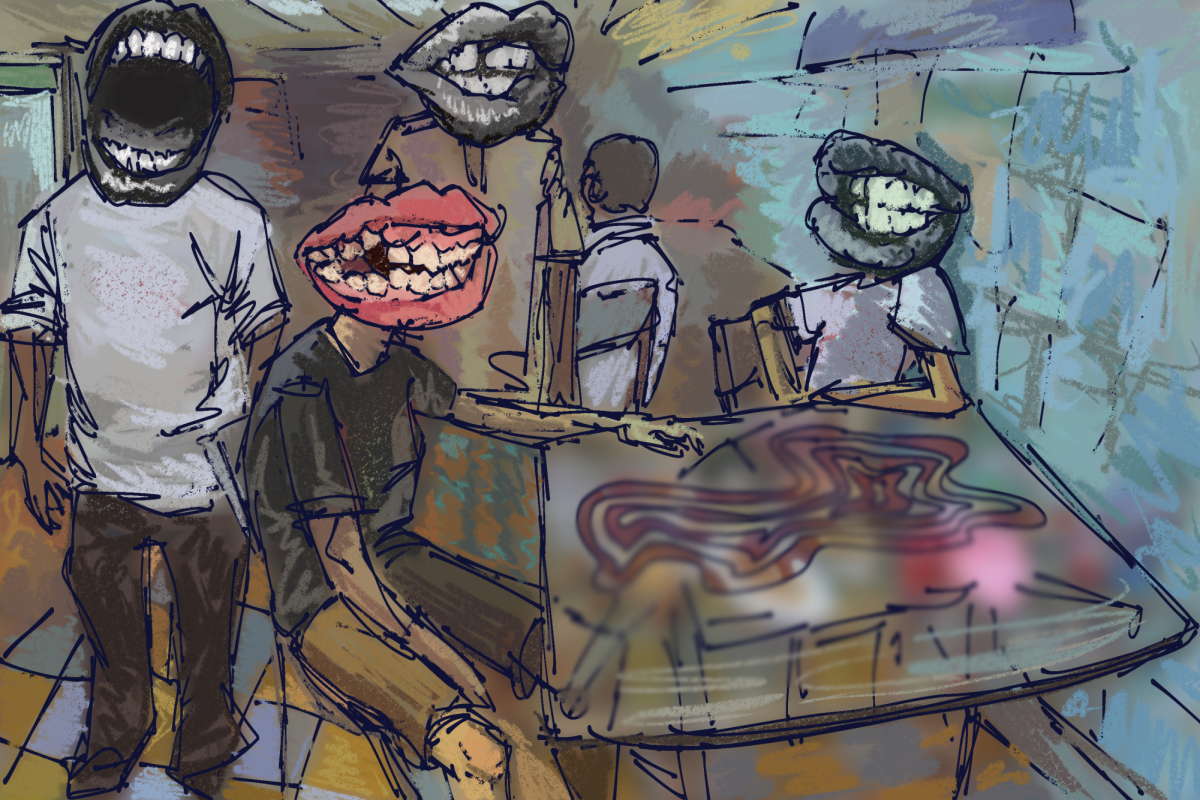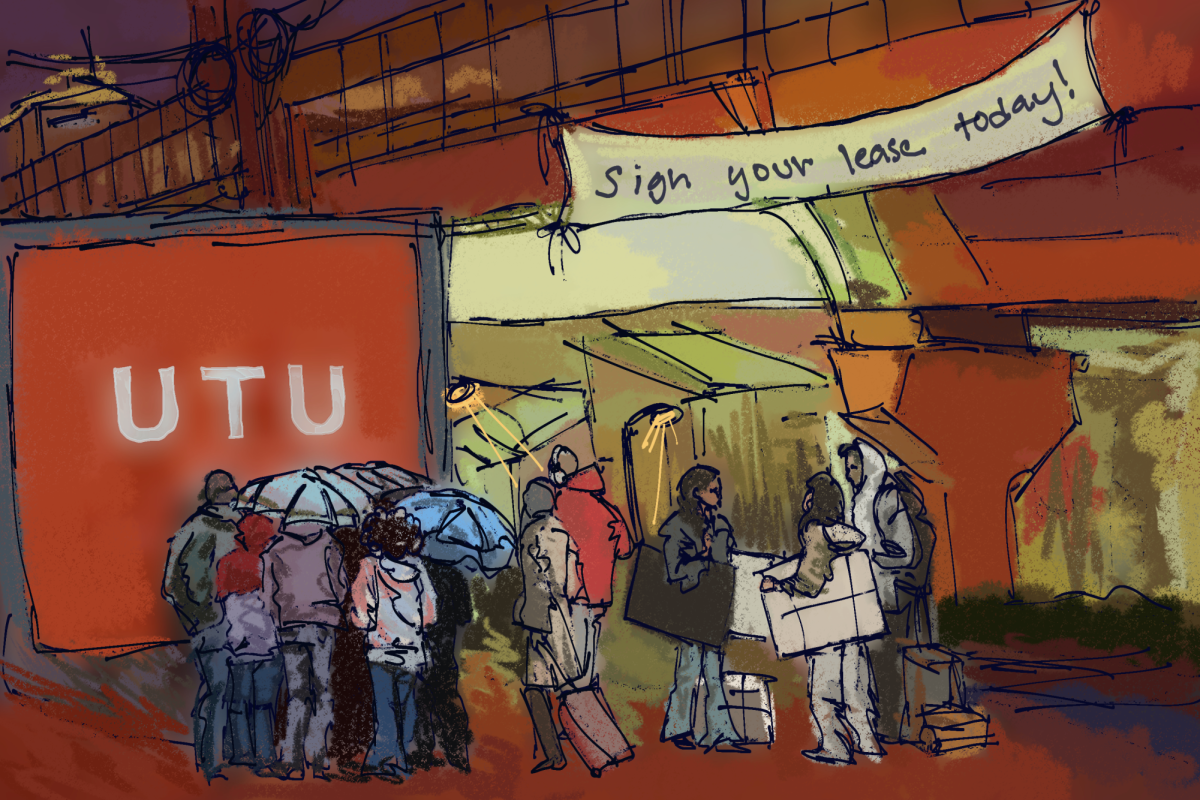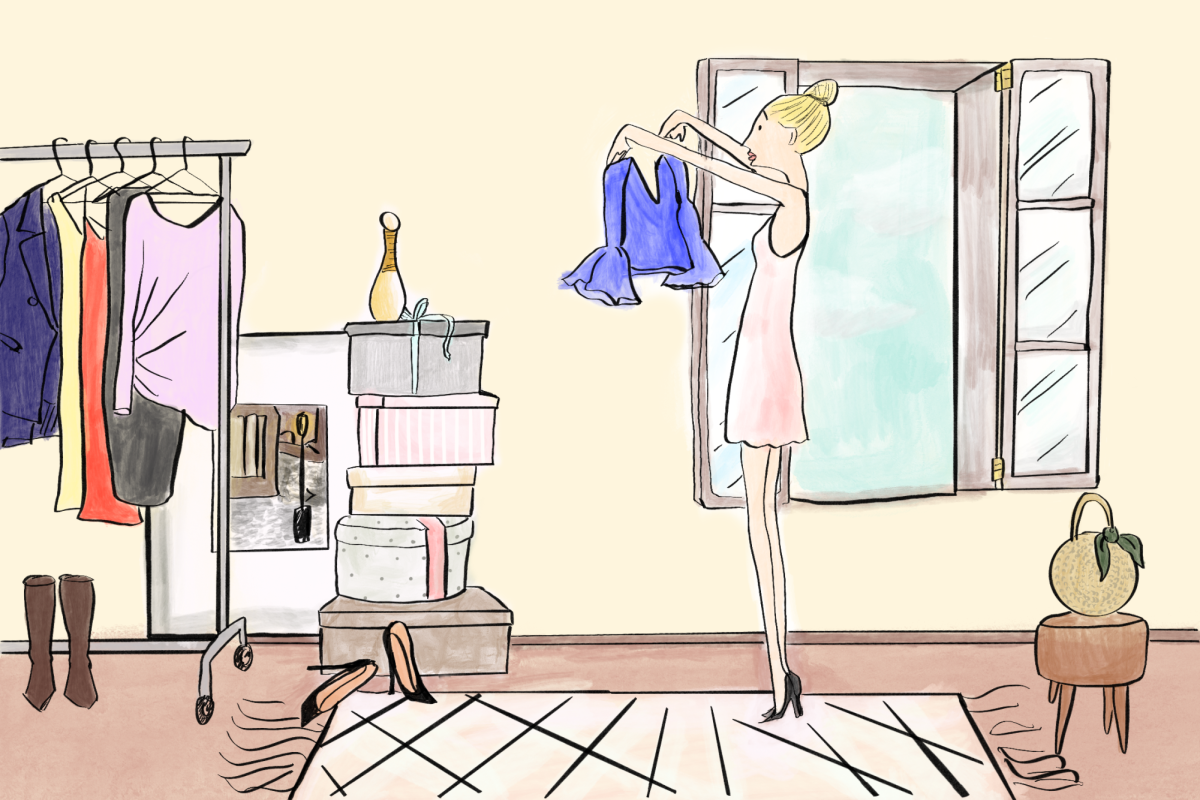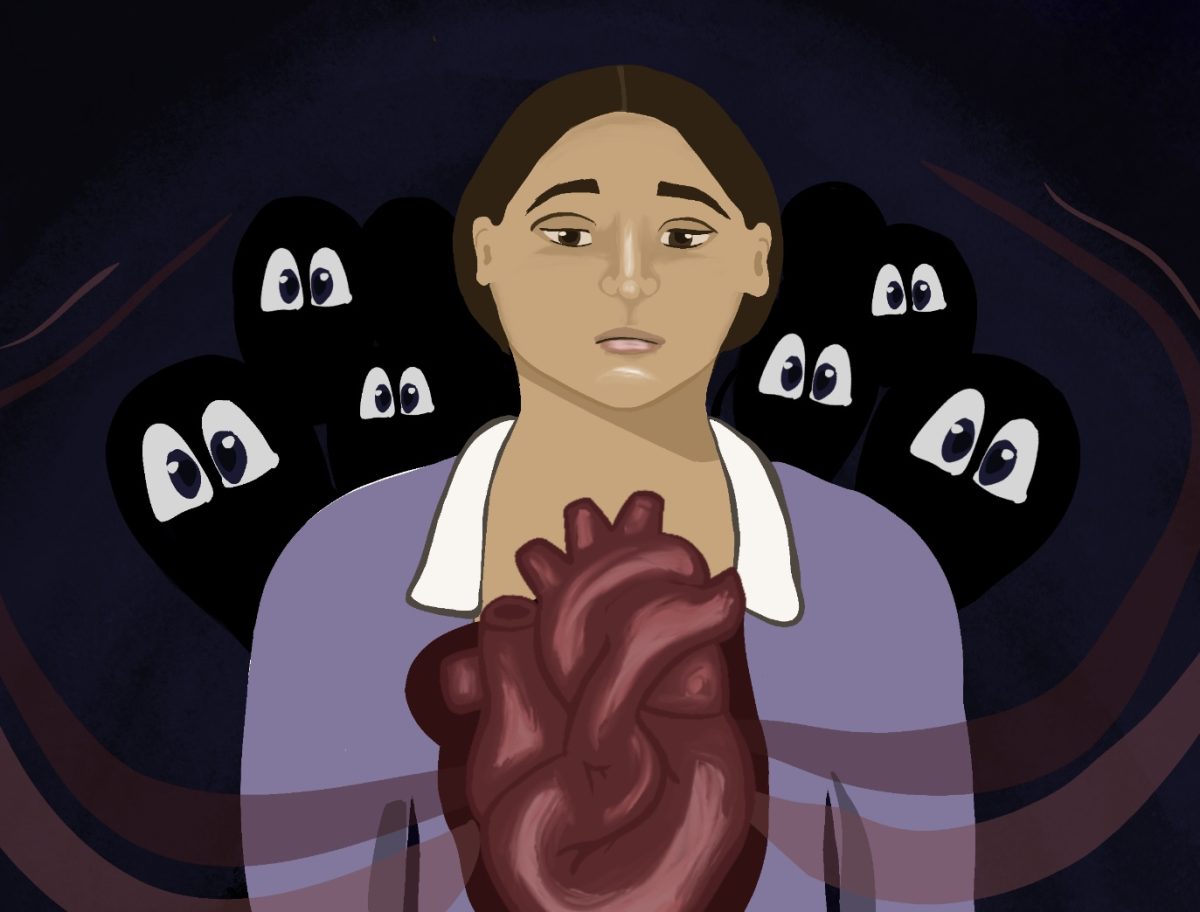As the fall semester nears and students begin moving into their dorms or off-campus apartments, we’re all waiting. Waiting to see if COVID-19 cases will spike. If UT will move all classes and campus operations back online. If students will get sick. If students will die.
The University of North Carolina at Chapel Hill made headlines last week when COVID-19 cases surged in residence halls within the first week of in-person classes, and the university was forced to switch back to remote learning. Over a hundred students tested positive for the virus, even with lowered capacity in on-campus residence halls and less than 30% of classes held in person.
UNC-Chapel Hill has just under 20,000 undergraduate students. UT has just over 40,000. Earlier in the summer, the administration announced they would provide housing for students who test positive for COVID-19 but aren’t able to isolate or quarantine at their residence. With no vaccine and limited treatment options, limiting exposure is the best way to stop the spread.
However, information about isolation housing is limited. In order to avoid a massive spike in infections, UT must provide comprehensive information about how isolation housing will function this semester.
“Given that we just saw UNC close and the rate we’ve been seeing COVID-19 increase in Austin, we’re probably going to see a spike in cases within the first week or two,” biology junior Ellie Nichols said.
Currently, on the health and wellness page of UT’s Protect Texas COVID-19 response website, there is a small paragraph about quarantining and isolation. According to the site, students who test positive or are exposed to someone who tests positive are “expected to self-isolate or quarantine.”
The site also states that any student who “can’t self-isolate or quarantine safely in their residence” will be able to “coordinate with the university to access isolation spaces through Austin Public Health at the Crowne Plaza Austin.”
“University Housing and Dining professionals will work with students to choose the best option for them,” said Aaron Voyles, director of residence hall operations for UHD.
“The University is partnering with some Austin community (organizations) that have community isolation facilities. Those facilities have food, housing and high speed internet.”
However, the University has not instructed students on how to secure a hotel room if they need a place to safely isolate. Similarly, there is no information about how they will get there, how they will receive medical care or how long they can expect to stay.
“I feel like they could be more transparent about everything,” said Michelle Facio, journalism and radio-television-film junior.
Voyles said students with questions about self-isolation can find information from several sources.
“The best resource for any student is going to be University Health Services,” Voyles said. “If students on campus have questions about COVID-19 or exposure, they can contact (UHD) professional staff, they can call the front desk, they can call their RA, and we can get them connected to the resources they need.”
There is no centralized source of information, though, and students who live off campus may not be able to directly contact people affiliated with housing and dining.
“The thing with UT is that they’ve said there’s going to be this quarantine area, but we’ve seen no (public) movement to make that happen, no announcements, plans or any kind of evidence that they’re actually trying to create a place for students who are sick,” Nichols said.
Moving sick students away from people they could potentially infect is key to preventing an outbreak that could debilitate a large portion of the Austin community. If UT does have plans for isolation housing, they must make that information readily available to students.
Zaksek is a Plan II and women’s and gender studies junior from Allen, Texas.

